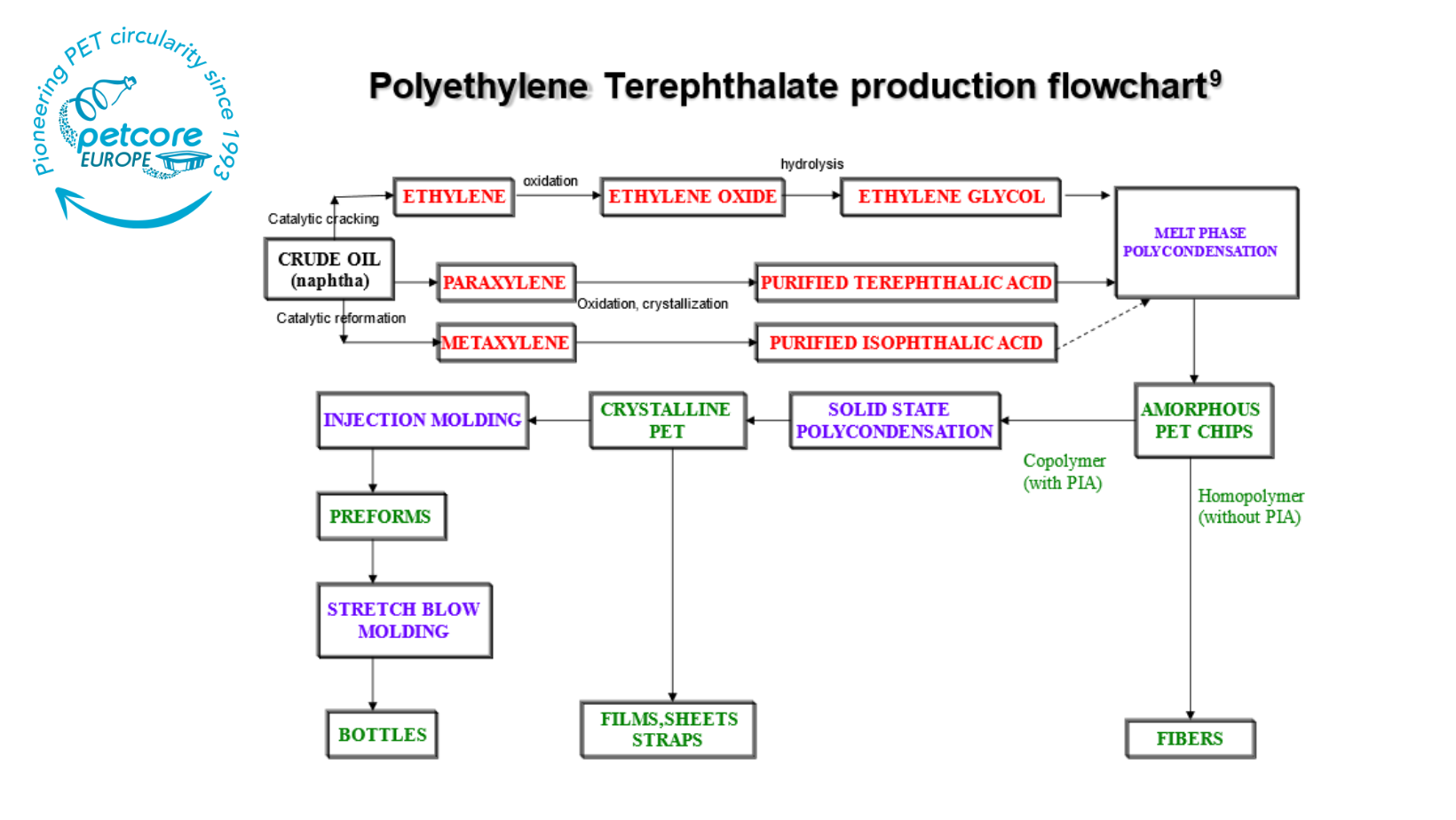This supports the ultimate goal of the EU to be climate neutral by 2050. Over the last decades, PET made progress to reduce weight of packaging (bottles are now significantly – up to 50% lighter than they used to be). PET bottles are recycled, and the recycling ratio is progressing year on year. Now, PET packaging can in some cases also play a vital role by avoiding the use of material through reuse systems. The following state of play document was developed by the Petcore Europe Reuse Working Group to show the potential PET packaging has in terms of reuse and how reuse solutions can complement single-use recyclable packaging in a circular economy of PET in Europe.
In the long-term a smart mix of different systems and types of packaging is needed, depending on the characteristics of each market, reuse can play a more or less important role. In several EU countries, for example in Germany or Belgium, to give only two of many examples, single-use PET beverage bottles are collected and recycled at high rates which enables closed-loop recycling with minimal environmental footprint. The overall objective should be to use packaging in the most circular way possible while keeping the environmental impact as low and the packaged goods as safe as possible. Any shift to reuse needs to be preceded by extensive impact assessments and must be a managed transition considering the many changes required to the different supply chains.
Today, a policy shift towards reuse can be observed in several EU member states with measures diverging strongly between countries which could endanger the EU single market. In certain member states such as Germany reuse already plays a more important role than in others and not all regions can move at the same speed to implement reuse solutions. However, if EU countries implement policies to foster reusable packaging, this should be done in consolidation and with cross-border alignment.











